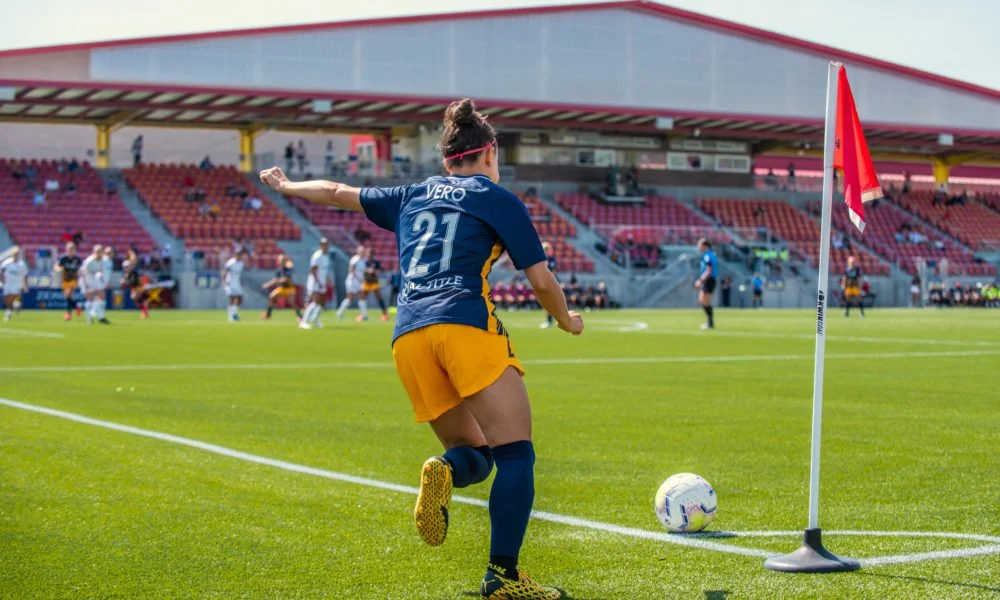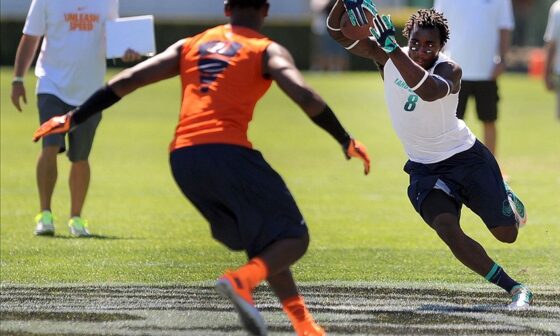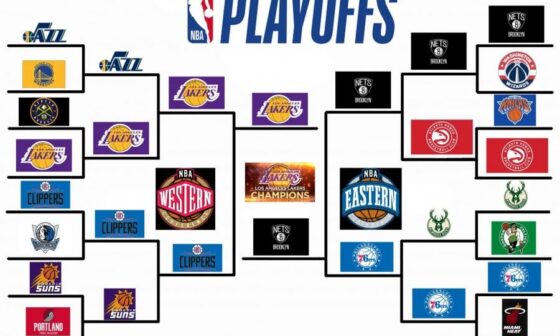The pandemic brought most sports leagues to a complete halt for almost a year. That forced the industry to reconsider some aspects that still allowed for the continuation of operational aspects. In basic terms, the question becomes how to keep every sports team and player in top shape while not performing regularly.
Of course, the whole business aspect of the issues was evident. Yet, the tech allowed many teams and players to remain competitive even while not performing. Fans might have been hooked on the expectations of seeing their next Nascar odds, yet that was only possible thanks to tech and how it helped drivers and other athletes alike.
Adapting to a New Reality
For the racing industry, it was clear that keeping drivers trained and in top shape would be a challenge for the racing industry. However, certain solutions were already in place and became essential to keep drivers keen, sharp, and in top motion.
Driving simulators allowed them to at least stay competitive and keep some of their skills polished. Formula One simulators are also no simple video game dynamic. These simulators can reach millions of dollars in cost and were investments made prior to the pandemic to enhance training aspects for each driver.
This was a total success for drivers. Still, other athletes did suffer. Throughout this stage, it was communication tools that allowed certain athletes to at least remain somewhat close to their reality before the pandemic.
Constant conversation with fellow teammates, coaches, physical trainers, and other aspects of the administrative and operation of teams was essential. Even certain tools such as Zoom facilitated the assistance these athletes received from team staff and other people involved in their daily routines.
This communication aspect became essential. Not only to just stay connected to some members of the staff, but to run drills and exercises. Some teams use Zoom video and other video apps to synchronize and perform their drills at the same time while being connected.
From this perspective, athletes were able to at least adjust to a temporary reality that allowed them to remain consistent, at least to the minimum, with their usual routines. In addition, this ability to adapt to a parallel reality allowed some sports teams and players to at least remain competitive.
What the Future May Bring
This need to adapt to certain types of communication in the world of sports made a lot of companies rethink the way the industry is structured. That is why some companies have begun to explore an endless array of possibilities when defining how to better track sports and conduct training, communication, and other aspects related to the teams and their players.
Franchises heavily relied on smart techs such as watches, bracelets, and other devices to track players’ physical state and progress in the past. This data was vital for trainers to get a full understanding of how to keep their players and teams in top shape while being inactive professionally.
Some industries have rethought the model and have figured out software that facilitates complete communication, data analysis, and stats for every player on the team. In addition, some companies have put together tools that allow coaches and trainers to get a complete picture of where their team currently stands and where it could be in the future.
This panel view of players and teams was vital to know how to act and what to modify. Some companies are also thinking about how to bring simulation into the game. Just as race drivers have simulators, some companies have begun to experience what augmented reality and virtual reality might add to the mix.
These are all good solutions and quite exciting new trends. What may spur from these ideas will probably just keep taking the sports industry to the next level. The pandemic, therefore, served as a challenging time that brought many new possibilities.







